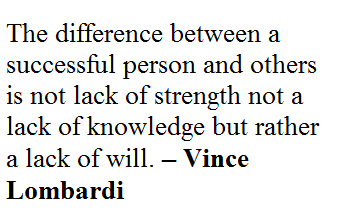Squats
assssssssssssss
The Squat
A lot of research has gone into the Squat and below we highlight a few key tips to focus stress directly on the targeted muscles.
• Breathing
Take a deep breath before you go down and hold it as you complete the rep.
Don’t exhale until you finish the rep.
Filling your lungs with air increases the pressure inside your chest and abdominal cavity, supporting your spine.
• Bar Position
Too high puts more stress on your lower back and raises your center of gravity making it easier to lose balance.
Too low may cause you to bend forward. In general, it’s best to experiment until you find what is best. (around the middle of your traps)
Keep your shoulder blades pulled together as tightly as possible to keep the bar in place.
• Straight Back
Keep your back as straight as possible during the squat and avoid leaning too far forward during the descent. Leaning forward too much indicates a weak lower back.
• Legs Parallel
Only go as low as until your legs are parallel to the floor as stopping short can reduce emphasis on your quads and may lead to your hamstrings not having the power to get you back up.
• Keep Heels Down
If your heels come off the floor when you’re squatting, you likely have tight calf muscles. It’s best to keep your heels down the entire time.
• Head Straight
Your focus should be directly forward. Looking up too high can cause you to lose your balance, whilst looking too low may lead you to round your lower back, placing excessive force on your lumbar area.
• Butt Back
As you squat, keep your butt over your heels. This will help reduce the stress on your knees and afford you more power from the hip muscles.
•Stance
Your feet should be just over shoulder width apart If your feet are too close together, your glutes and hamstrings may be unable to properly assist. If your feet are too wide, your quads will not be able to assist appropriately. Use partials, supersets and rest-pause to push sets beyond full-rep failure.
Tips
1. Find Your Footing2. Don’t Look Down
3. How Low Should You Go?
4. Increase Reps
5. Vary Rest Times
6. Consider a Belt
7. Partial Squats


